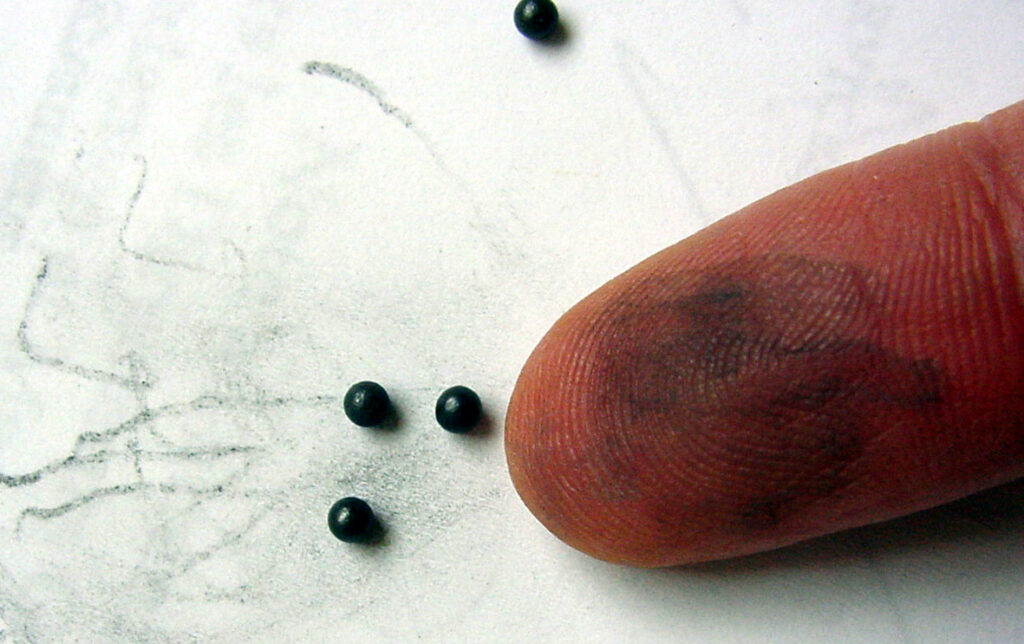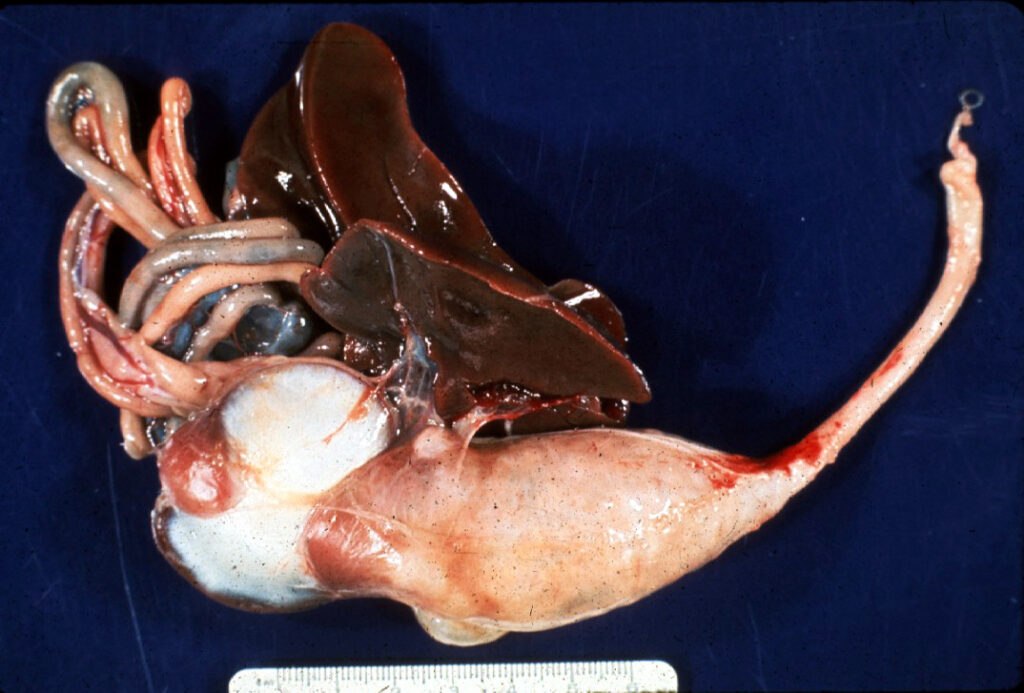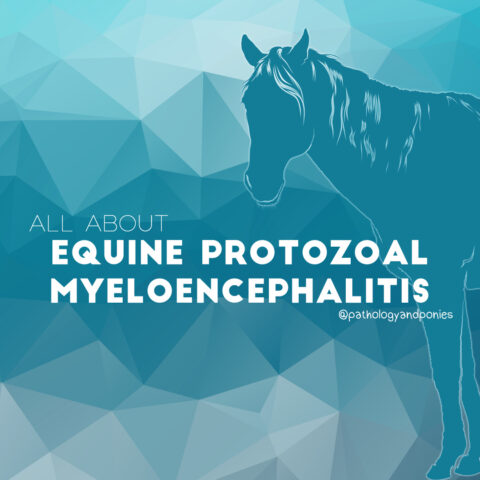




Today’s path rounds are on 𝐥𝐞𝐚𝐝 𝐭𝐨𝐱𝐢𝐜𝐢𝐭𝐲!
𝐖𝐡𝐚𝐭 𝐢𝐬 𝐢𝐭?
𝐋𝐞𝐚𝐝 𝐭𝐨𝐱𝐢𝐜𝐢𝐭𝐲 is exactly what the name suggests, toxicity from ingesting too much lead. There are several potential causes of this condition across species, but today we are going to talk about birds!
𝐖𝐡𝐨 𝐠𝐞𝐭𝐬 𝐢𝐭?
We most commonly see this condition in 𝐰𝐚𝐭𝐞𝐫𝐟𝐨𝐰𝐥, like geese and ducks.
𝐖𝐡𝐚𝐭 𝐜𝐚𝐮𝐬𝐞𝐬 𝐢𝐭?
The most common cause of lead toxicity in waterfowl is ingesting 𝐥𝐞𝐚𝐝 𝐚𝐦𝐦𝐮𝐧𝐢𝐭𝐢𝐨𝐧, particularly shot pellets. The lead shot looks like a tasty treat to a hungry bird, causing them to eat the pellets. Unfortunately for the bird, lead is a very soft metal, and is quickly absorbed via the gastrointestinal tract.
𝐖𝐡𝐲 𝐢𝐬 𝐭𝐡𝐢𝐬 𝐚 𝐩𝐫𝐨𝐛𝐥𝐞𝐦?
Lead is directly toxic to several tissues, including the immune system, brain and nervous tissue, red blood cells, the heart and the kidneys. In birds, toxicity most commonly causes 𝐩𝐫𝐨𝐯𝐞𝐧𝐭𝐫𝐢𝐜𝐮𝐥𝐚𝐫 𝐢𝐦𝐩𝐚𝐜𝐭𝐢𝐨𝐧. The proventriculus is more commonly known as the “crop”, and is basically an outpouching of the esophagus that is used to grind up feed before it reaches the stomach. Lead toxicity prevents the nerves normally involved in esophageal movement from firing, causing accumulation of food in the crop. Another common finding is 𝐡𝐲𝐝𝐫𝐨𝐩𝐞𝐫𝐢𝐜𝐚𝐫𝐝𝐢𝐮𝐦, or accumulation of fluid in the sac that surrounds the heart. This is likely due to heart failure from the toxin’s effects on muscle.
𝐇𝐨𝐰 𝐢𝐬 𝐢𝐭 𝐝𝐢𝐚𝐠𝐧𝐨𝐬𝐞𝐝?
Diagnosis is typically based on 𝐭𝐨𝐱𝐢𝐜𝐨𝐥𝐨𝐠𝐲 𝐩𝐚𝐧𝐞𝐥 findings, where a piece of liver from an animal is submitted to test for lead concentrations. In some cases, it can also be diagnosed by looking at the tissue under the microscope. Lead produces characteristic 𝐢𝐧𝐜𝐥𝐮𝐬𝐢𝐨𝐧 𝐛𝐨𝐝𝐢𝐞𝐬 within many types of cells, however we most commonly see them in the kidney.
𝐇𝐨𝐰 𝐢𝐬 𝐢𝐭 𝐭𝐫𝐞𝐚𝐭𝐞𝐝? 𝐇𝐨𝐰 𝐢𝐬 𝐢𝐭 𝐩𝐫𝐞𝐯𝐞𝐧𝐭𝐞𝐝?
Unfortunately, treatment for wild bird species is often impractical, since it would involve extensive hospitalization of each affected bird. So, prevention is very important! Many countries have restricted lead ammunition in waterfowl areas, to prevent loose shot from being accessible to the birds.
𝐏𝐡𝐨𝐭𝐨𝐬
1) An X-ray of a swan showing a bunch of lead shot in its crop.
2) What the lead shot looks like! Tasty (if you’re a bird ![]() )!
)!
3) A very enlarged crop due to lead toxicity.
4) Hydropericardium from lead toxicity.
5) What the inclusion bodies from lead look like under the microscope!
𝐒𝐨𝐮𝐫𝐜𝐞𝐬
Terio, KA, McAloose, D, St. Leger, J. Pathology of Wildlife and Zoo Animals. 2018.
Photos 1-2 © Wikimedia Commons contributors Lamiot licensed under CC Share Alike 2.0 Generic.
Photos 1-5 © Noah’s Arkive contributors Leighton, Reece licensed under CC BY-SA 4.0.




